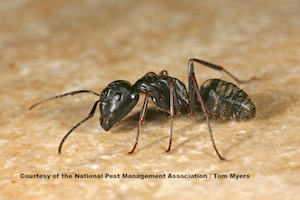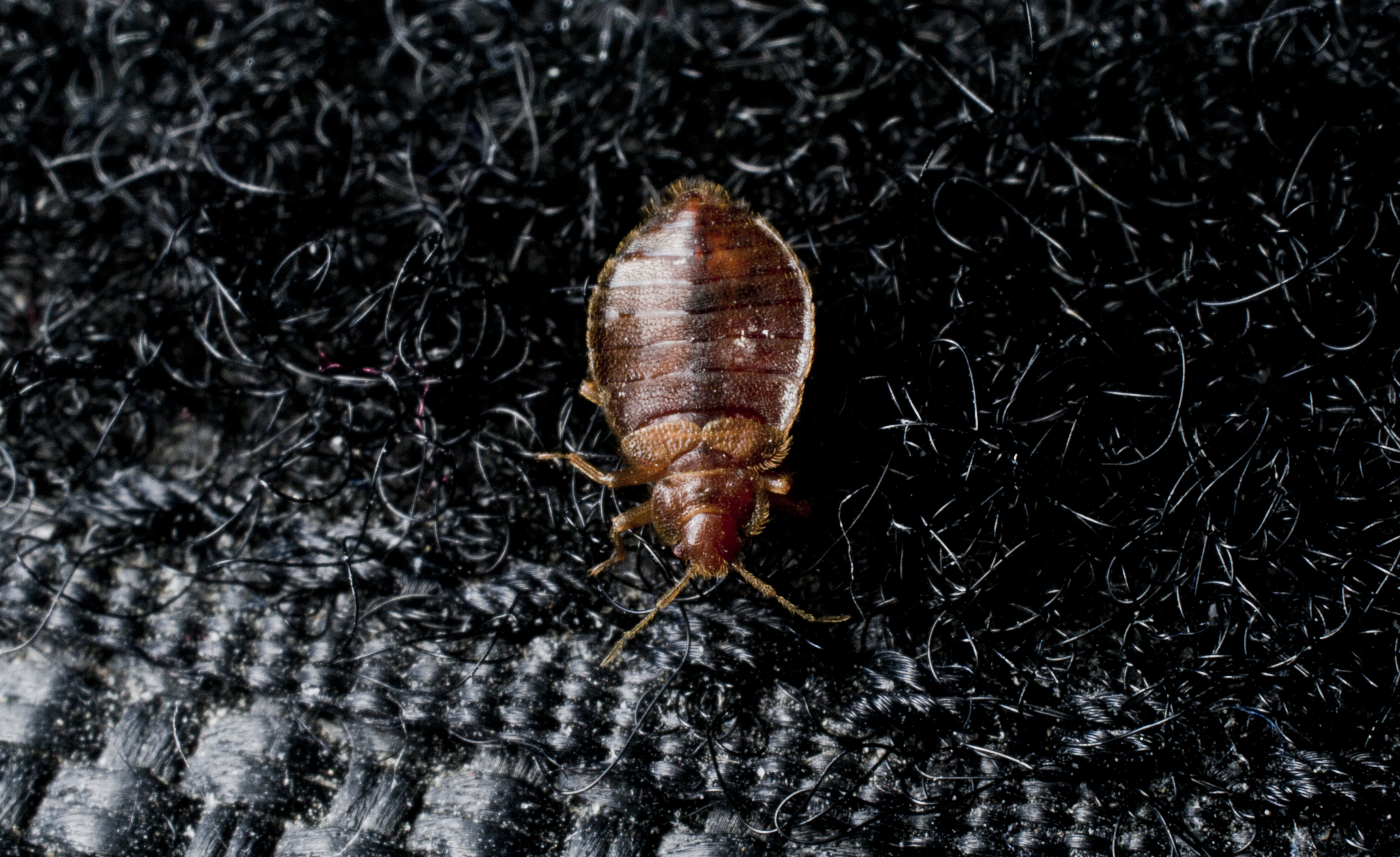Across the Country, Invasive Pest Species are Causing Problems
Conservative estimates by the Smithsonian Institution put the number of known insect species found in the United States at more than 91,000 - not including an additional 73,000 unidentified species. These numbers are likely to climb as increased international travel and shipping provide a means for foreign insects, known as invasive species, to more easily infiltrate the country. The National Pest Management Association (NPMA) urges vigilance against such invasive species, including Formosan termites, stink bugs, and crazy Rasberry ants.
"Although most invasive species are rarely more than a nuisance, some foreign insects can cause severe damage to property and the environment," says Missy Henriksen, vice president of public affairs for NPMA. "These species can reproduce quickly, deplete agricultural resources and pose threats to human health. It is important to contact a professional if you suspect an invasive species infestation."
One of the most destructive species is the Formosan termite, which is native to China, but has been found in the Southern U.S. for several decades. Formosan termites are the most aggressive subterranean termite, living in large underground colonies of several million members capable of eating wood at a rapid rate. The species is difficult to control once they infest a structure, making prevention key.

Since arriving from Asia, stink bugs have become an increasing nuisance for homeowners in the Eastern U.S. Named for the odor they emit as a defense against predators, stink bugs are especially unpleasant to find indoors.
Crazy raspberry ants, first found in Texas in 2002, are rapidly spreading throughout the Southwest. They are believed to be related to a species from the Caribbean. The ants can bite humans, and feed on plants, other insects, and even small animals. Most curiously, and destructively, they are attracted to electrical equipment and can destroy items including computers and telephone exchanges.

Learn About Ants
Ants are a common pest homeowners struggle to eradicate. Learn more about them!

Bed Bug Pest Guide
Traveling this summer? Be sure to keep an eye out for bed bugs! Use our Pest Guide to help identify this pest.

NPMA's What Grows There? Project
Check out NPMA's What Grows There? project to learn how pests, such as flies, cockroaches and rodents, can spread germs throughout a home.
Find a PEST PRO in your area

Learn About Ants
Ants are a common pest homeowners struggle to eradicate. Learn more about them!

Bed Bug Pest Guide
Traveling this summer? Be sure to keep an eye out for bed bugs! Use our Pest Guide to help identify this pest.

NPMA's What Grows There? Project
Check out NPMA's What Grows There? project to learn how pests, such as flies, cockroaches and rodents, can spread germs throughout a home.
